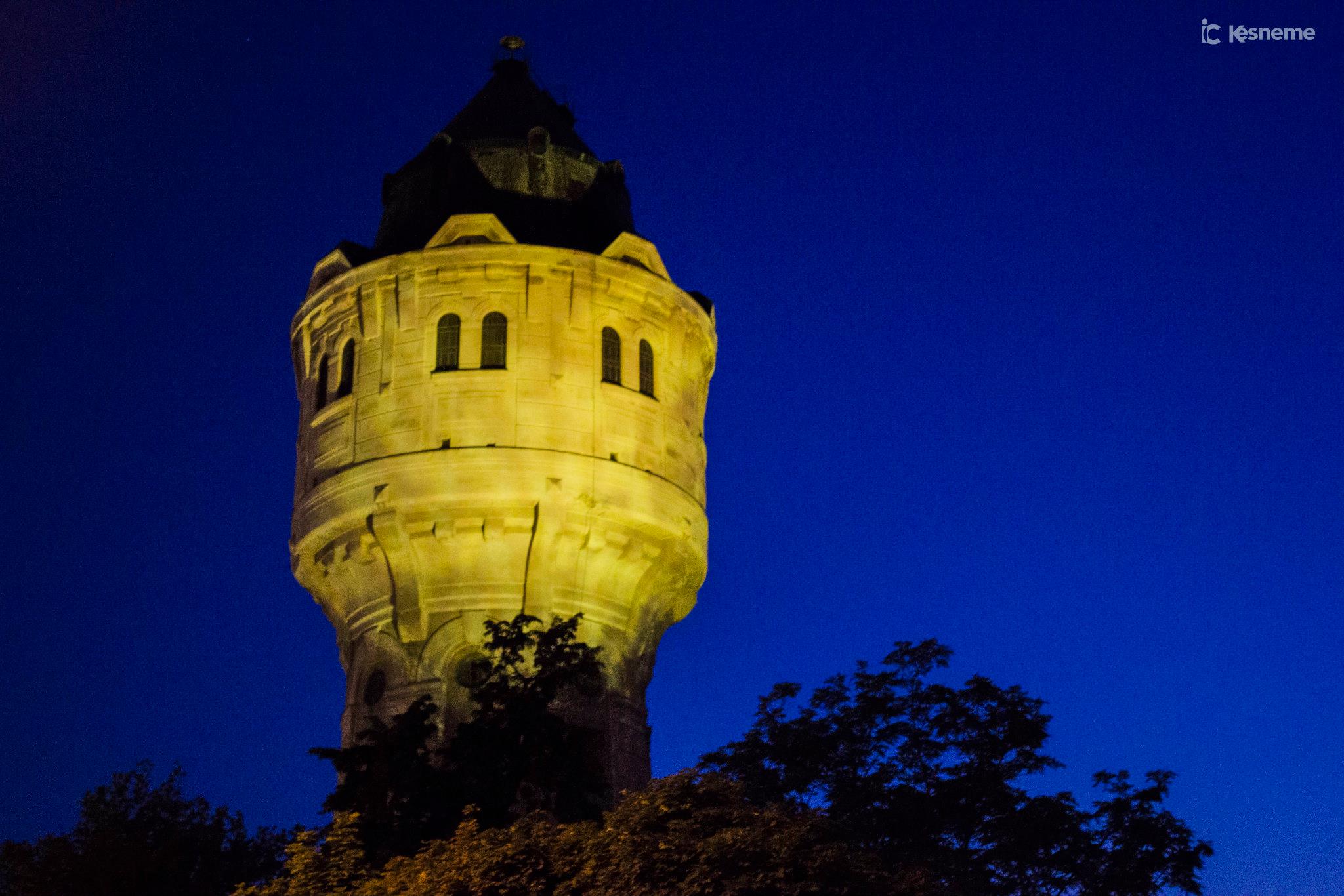1/8
The Vibe
Újpest, constituting the Northern borders of Budapest, has a history dating back to the 1830s, so it’s the least bit surprising that the district is a cavalcade of vibes and architectural styles. The projects of the present (such as the one centered around the revival of Újpest’s main square) mixed together with the varied heritage of the past creates a most curious impression. Among the architectural characteristics of the past two centuries, socialist realism is unquestionably the most dominant - hand in hand with the numerous industrial constructions. Apropos: Újpest has been attracting different types of industry ever since the beginning, which resulted in both the district’s rapid emergence and the mushrooming of its population. In light of the latter facts, it’s only natural that Újpest’s monuments include buildings such as the Állami Áruház (State Department Store), Felszíni víztisztítómű (Water Purification Plant), and Wolfner Bőrgyár (Wolfner’s Leather Factory). To top it all off, Újpest gives home to Hungary’s biggest jungle of panel buildings, which consists of 17,000 flats, and is populated by 36,000 people.
2/8
Transportation
The district’s transportation is pillared by a pair of intersections, Újpest-Központ and Újpest-Városkapu, which also constitute the Northern end points of the M3 metro line; moreover, Újpest-Városkapu sports a railway station and a Volánbusz coach station. The plethora of bus linesnot only provide an easy way of getting around the district, they also connect Újpest with other parts of Budapest, including the terminus of the M1 metro line, Mexikói út (bus no. 25), Keleti Pályaudvar (Eastern Railway Station, bus no. 30, 30A, and 230), and Újpalota (bus no. 196 and 196A). Two tram lines (12 and 14) connect Angyalföldi kocsiszín with Rákospalota, and Lehel tér with Megyeri út, respectively.
3/8
Sights to behold
Both the formerly mentioned Főtér and its neighbourhood are must-sees; especially the Eclectic-Secessionist Városháza (City Hall) built in 1900, which used to be a courthouse, while its basement functioned as a prison. Right behind Városháza, you’ll bump into spectacular Szent István tér (St. Stephen’s Square) and Egek Királynéja főplébánia (Queen of Skies main parish church). Although it’s a few bus stops away from the sights enlisted above, you shouldn’t miss out on one of Újpest’s symbols, the Víztorony (Water Tower), either. Now that religion popped up on the scene, let’s not forget about the local Synagogue with an interior reminiscent of Dohány utca’s Great Synagogue. Megyeri híd (Megyeri Bridge), which, based on poll results, should have been named after Stephen Colbert, provides an A-plus photo subject at night.
4/8
Getaway snugs
Népsziget (Island of the People, also known as Újpest or Mosquito Island), from the aspect of serenity and beauty, has nothing on Margitsziget (Margaret Island), although four-leggers and their masterswill surely enjoy attending the local dog training school. The island’s (which actually is a peninsula) premises belonging to the 13th district accommodate a riverside block of flats called Marina-lakópark, and a better-deserving industrial monument, the Újpesti Hajógyár (Újpest Shipyards). Although it’s often noted that curiousity leads to trouble, we believe that incuriosity leads to constant boredom, thus Népsziget deserves to be explored within the course of a bike tour or a substantial walk.
5/8
Arts and Culture
Újpesti Kulturális Központ (Újpest Cultural Centre) offers a wide selection of activities for all ages: theatrical performances, clubs, various courses, artisan’s studios, exhibitions, and we could go on until we run out of commas. As for contemporary arts, Wax Kultúrgyár (Wax Culture Factory) comes off as a cutting-edge institution, although the lack of proper communication and the non-existing website constitue major roadblocks in figuring out what’s going on behind the scenes. Or maybe this is a performance in itself, and we’re the ones not getting it. Újpesti Városnapok (Újpest City Festival), organized by the local government to celebrate Újpest’s establishment, is the district’s biggest convivial get-together taking place every year at the end of August.
6/8
Dishes and delicacies
Újpesti Piac és Vásárcsarnok (Újpest Marketplace), located on Szent István tér (St. Stephen’s Square), is housed by an architecturally down-to-earth building, although judging by looks will do you no good. Service is friendly, the whole place has a feel-alright-vibe to it, the selection is as wide as the Danube, and there’s no shortage of farmers’delicacies. The line of street vendors just outside the marketplace offer heaps of homely Hungarian dishes; while the neighbouring flower market puts the icing on the cake – or rather the grated cheese on the lángos. As for other eateries, Újpest has chicken burger joints, pizza places, old school confectioneries, a SugarShop, and not-so-reliable Hungarian restaurans, so the palette is as colorful as it gets; though we couldn’t give prominence to any spots from the aforementioned categories.
7/8
Nightlife
Újpest’s clubs are like undiscovered talents: only the chosen ones have heard about them. Bars with pool tables and nooks of alcohol consumption full of pub games can be found in almost every street, so if you’re looking to kick off an all-nighter for the least amount of money, or would like to get acquainted with football fanatics and novel-wrothy old timers, head over to one of these joints. Szusza Ferenc Stadion (Ferenc Szusza Stadium), built according to the plans of Alfréd Hajós, is the venue of Újpest FC’s (the oldest football club in Hungary, established in 1885) home games; thus if you’d like to release your inner superfan, you’ve just found the place to do it. We wouldn’t wholeheartedly recommend the legendary Újpest – Ferencváros matches, since this fierce rivalry built on mutual animosity often results in massive fights requiring police intervention.











